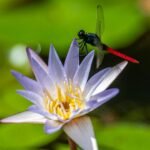How to Create a Wildlife Shelter in Your Garden
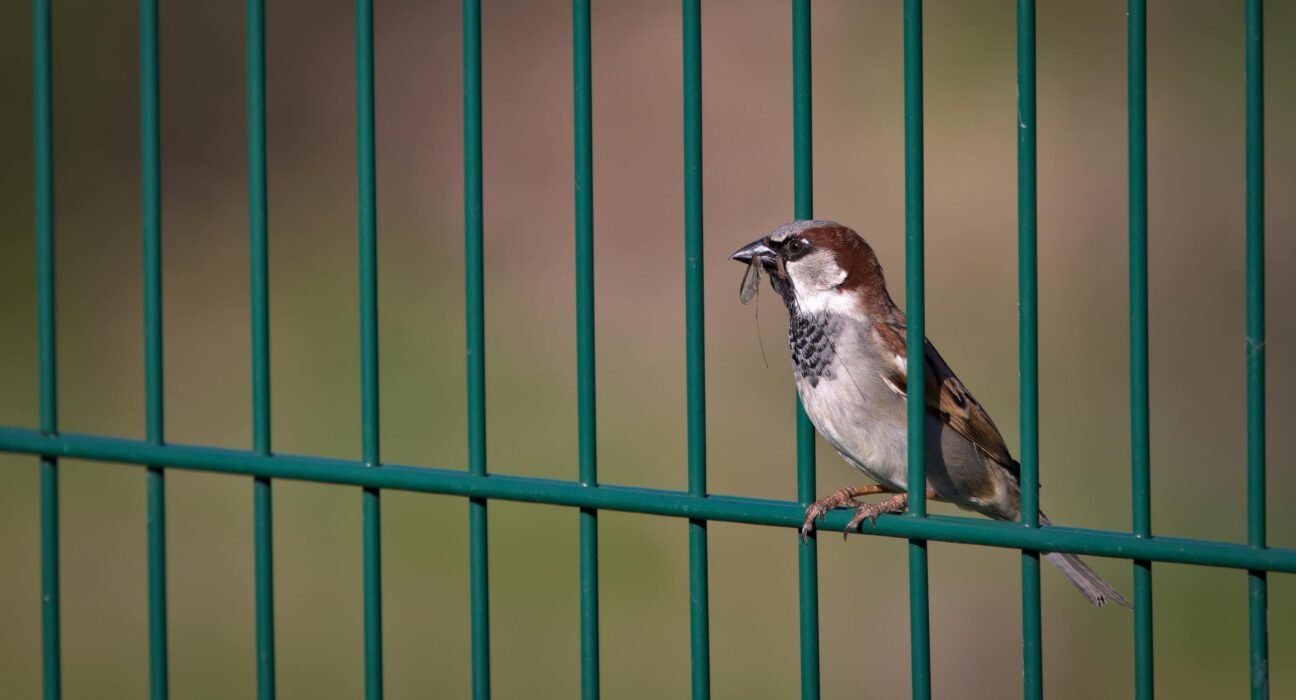
How to Create a Wildlife Shelter in Your Garden
Creating a wildlife shelter in your garden is a rewarding way to support local biodiversity, enhance your outdoor space, and connect with nature. This guide is designed to help middle-aged individuals in the United States transform their gardens into vibrant wildlife havens. Whether you have a small urban plot or a spacious suburban yard, you can make a difference by providing essential habitats for various species.

Why Create a Wildlife Shelter?
-
Support Local Biodiversity: Urbanization and habitat loss have left many species without homes. By creating wildlife shelters, you can provide vital habitats for animals, birds, and insects.
-
Natural Pest Control: Wildlife, such as hedgehogs and birds, can help control garden pests naturally, reducing the need for chemical pesticides .2 .3.
-
Pollination and Plant Health: Attracting pollinators like bees and butterflies can improve plant health and increase blooms .2 .3.
-
Enhance Mental Health: Observing wildlife can be calming and educational, promoting mental well-being and a deeper connection with nature .2.
Essential Elements of a Wildlife Shelter
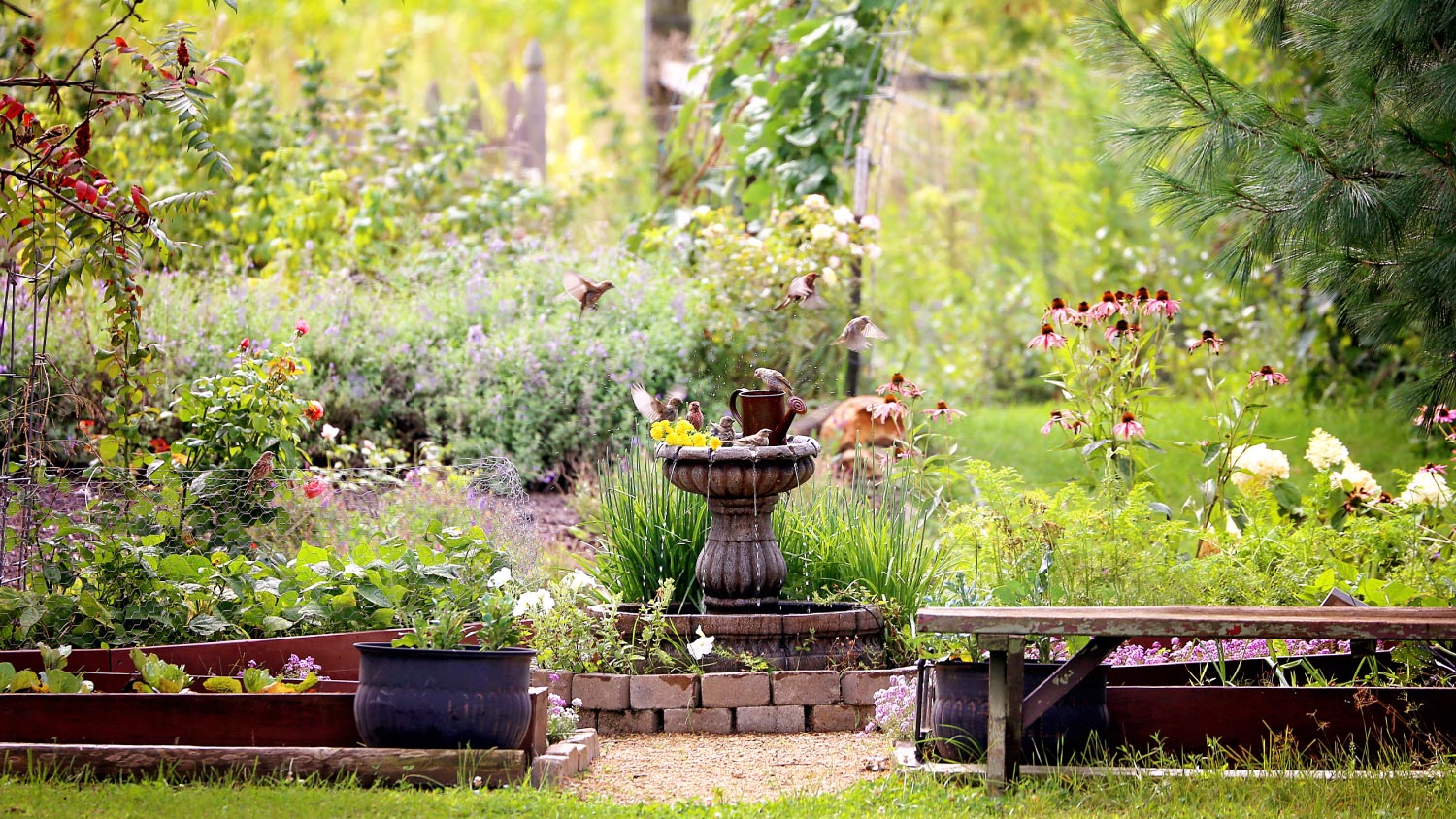
1. Food Sources
-
Native Plants: Plant a diverse mix of native trees, shrubs, and flowers. These provide essential food sources like nectar, pollen, seeds, and insects for local wildlife .3 .8.
-
Pollinator-Friendly Plants: Incorporate plants that attract bees, butterflies, and hummingbirds, such as sunflowers, lavender, and coneflowers .8.
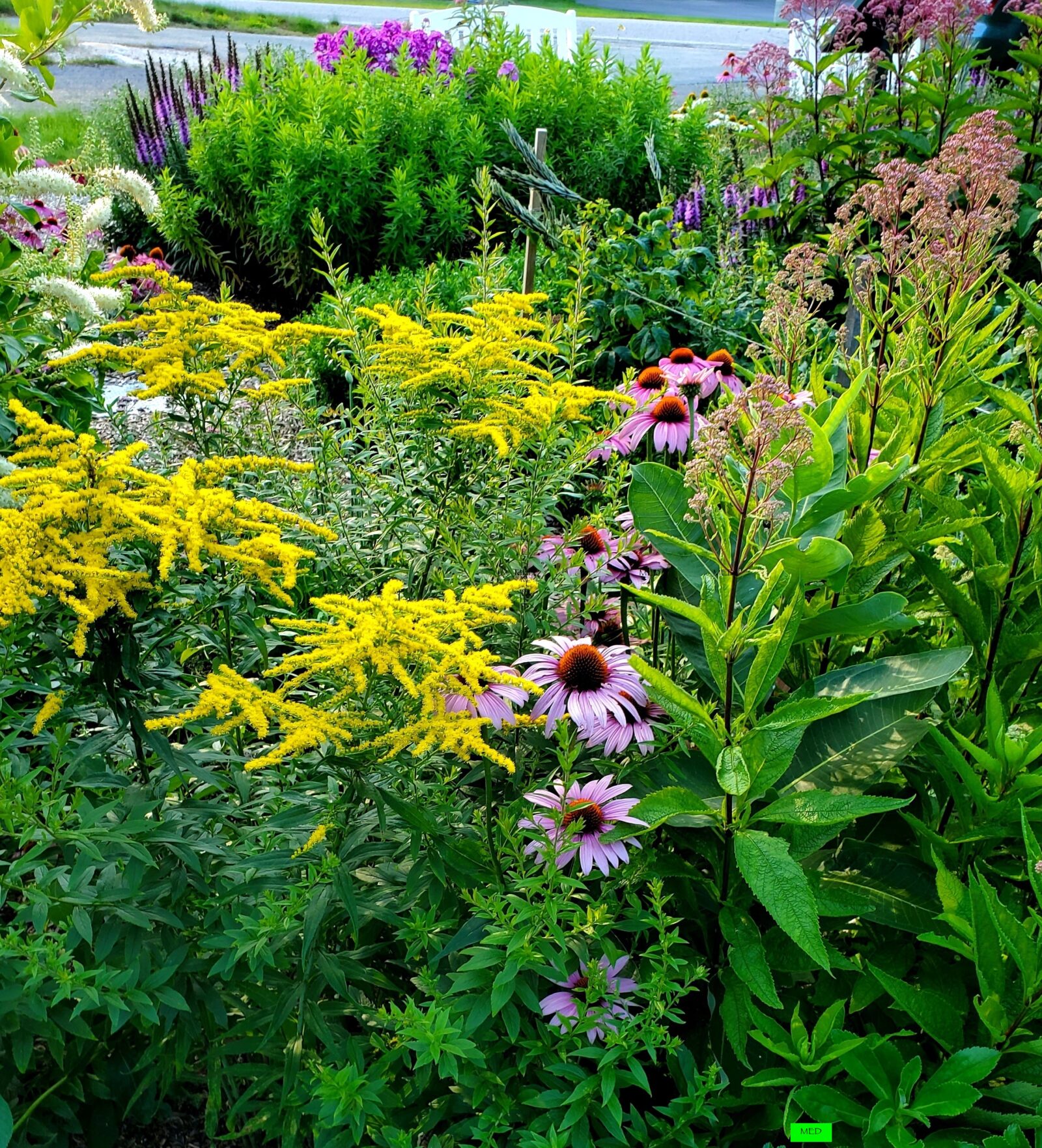
2. Water Features
-
Ponds or Bird Baths: Install a pond or bird bath to provide water for drinking and bathing. Ensure the water is clean and accessible .7 .10.
-
Shallow Water Sources: Add shallow dishes or trays with fresh water and pebbles for insects to land on while drinking .8.
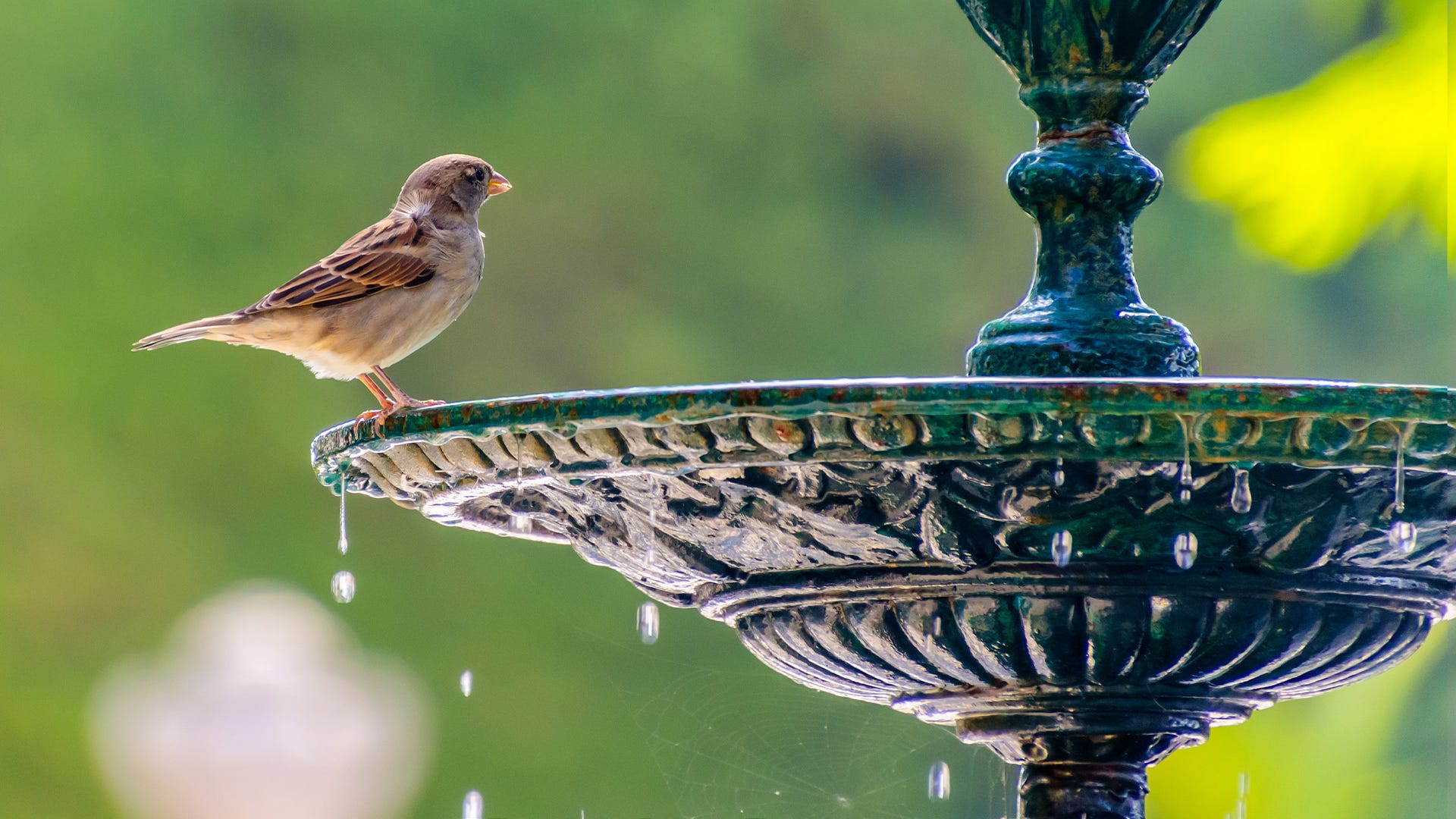
3. Shelter and Habitat
-
Native Trees and Shrubs: Plant native trees and shrubs for nesting sites and shelter. Evergreen trees offer year-round cover .3 .8.
-
Brush Piles and Logs: Leave brush piles or logs in a corner of your garden. These provide shelter for small mammals and insects .1 .3.
-
Wildlife Houses: Build or purchase birdhouses, bat boxes, and insect hotels to provide specific habitats .5 .8.

4. Layered Vegetation
-
Vertical Layers: Create layers of vegetation by planting groundcover, low shrubs, medium shrubs, and trees. This mimics natural ecosystems and supports more species .3 .12.

Step-by-Step Guide to Building a Wildlife Shelter

Step 1: Planning the Layout
-
Assess Your Space: Determine the size and layout of your garden. Even small spaces like window boxes can be wildlife-friendly .1 .2.
-
Identify Target Species: Decide which animals you want to attract. Different species have different needs (e.g., birds need trees for nesting, while hedgehogs prefer undergrowth) .2 .3.
-
Choose a Location: Select areas that receive appropriate sunlight and are protected from harsh winds or predators .2 .3.

Step 2: Creating Shelters
-
Dead Hedge: Use pruned branches to create a dead hedge. This provides shelter for insects and small mammals .4.
-
Materials Needed: Sturdy poles, long branches, woody prunings, fresh leaves.
-
Instructions:
-
Push poles into the ground in staggered rows.
-
Lay prunings sideways, filling gaps with leaves.
-
Add more material as it accumulates.
-
-
-
Birdho






